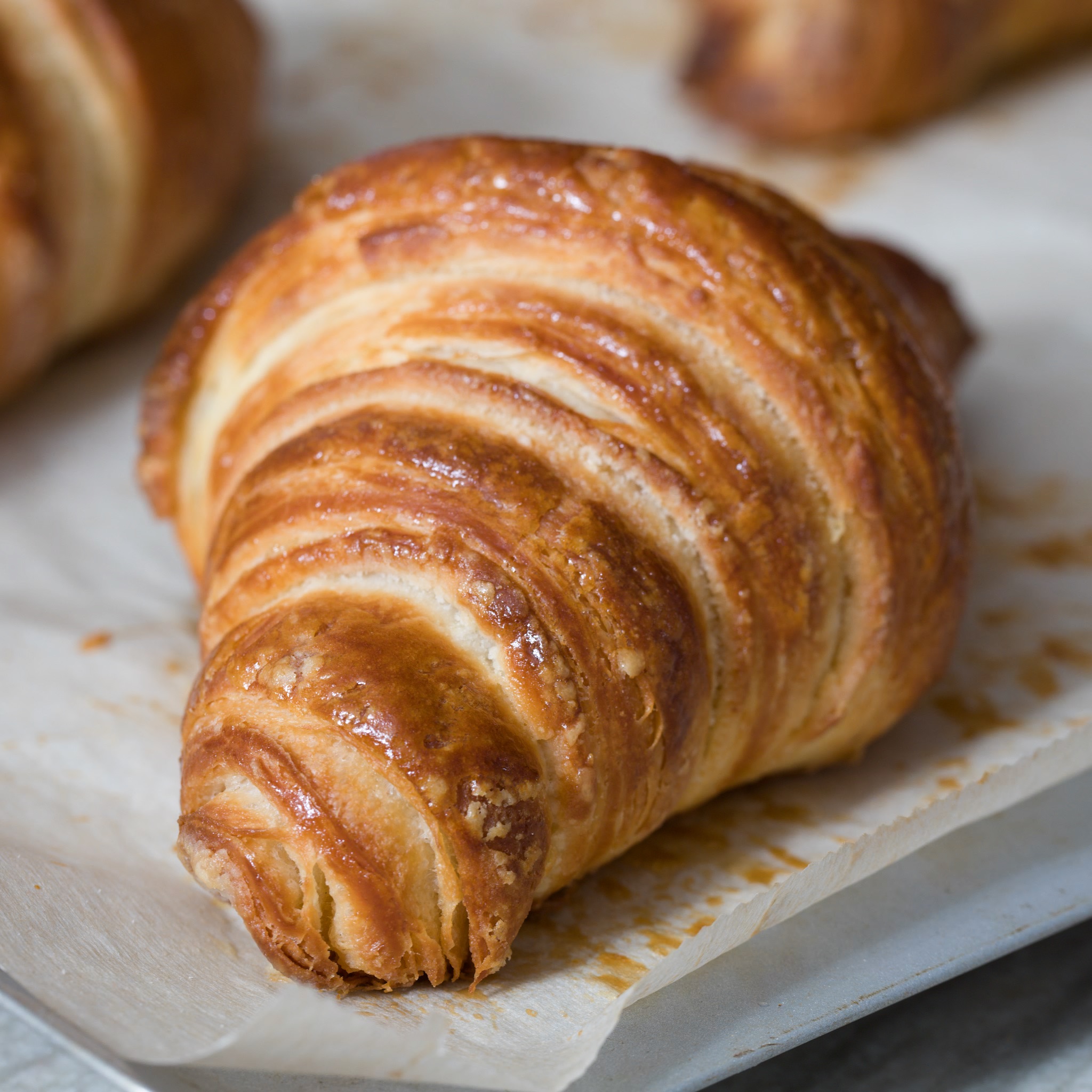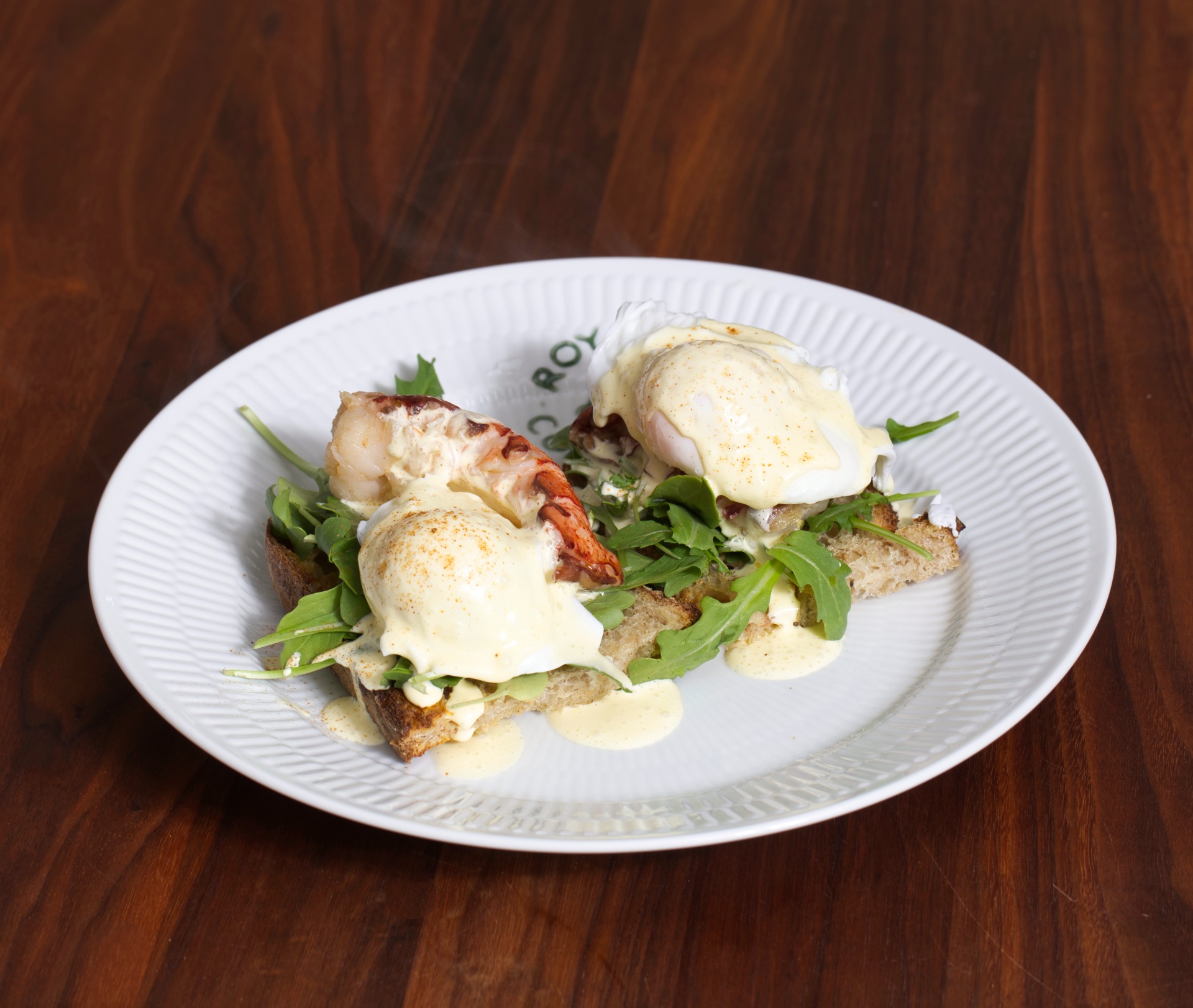Focaccia
It is no secret that bread is my kryptonite. Well, it's bread, cheese, coffee and red wine. But bread is a magic thing. It is magical that you can get so much flavor from a mixture of water, flour, yeast and salt. The fermentation makes all the difference.
Last time I made a focaccia I opted for a more complex dough. It felt more greasy. This time I used the classic No-Knead Bread recipe, transforming it into a focaccia, and it turned out perfect.
Makes 1 bread.
INGREDIENTS:
400 ml water finger-warm
5-10 g live yeast (or little under 1 teaspoon dry yeast)
500 g all-purpose flour or a high protein flour.
2 teaspoons sea salt
Toppings:
sea salt
olive oil
rosemary like spices (or jalapeño)
cherry tomatoes
DIRECTIONS:
Dissolve the yeast in the water. Add a teaspoon sugar if you are using dry yeast, and wait until it starts to foam. Mix in most of the flour, befor adding the salt. Mix the rest of the flour in, mixing it until you are sure you have no lumps of dry flour. You do not have to knead this very sticky dough.
Let the dough ferment covered on the countertop for 8-12 hours. The longer you ferment it, the more flavor you get.
Gently scrape the dough out onto a well-floured surface. The dough will be very soft. With a spatula or bench scraper fold the 4 "sides" of the dough unto it self 3 times, to stretch the gluten and to build up the surface tension on the dough. Place the dough on a large parchment paper lined baking pan. Gently pat the top of the dough with a little olive oil, to prevent the dough from drying out. Let the bread rise for 60-90 minutes.
Preheat your oven to 425℉ (220℃).
Pour some good olive oil on top of the dough and gently poke your fingers into the dough, making holes for the filling to rest in. This will spread the loaf out making it more flat and ready to receive the filling. Sprinkle rosemary and more oil over the loaf and press it into the holes. Gently press the tomatoes into the dough. Sprinkle with a little more oil and a good amount of salt.
Let the focaccia rise for another 30 minutes before baking it for 20-25 minutes at 440℉ (220℃). I baked mine on a baking stone, but still on the parchment paper for easier handling.
Let the bread cool in the pan before serving.
Enjoy!









